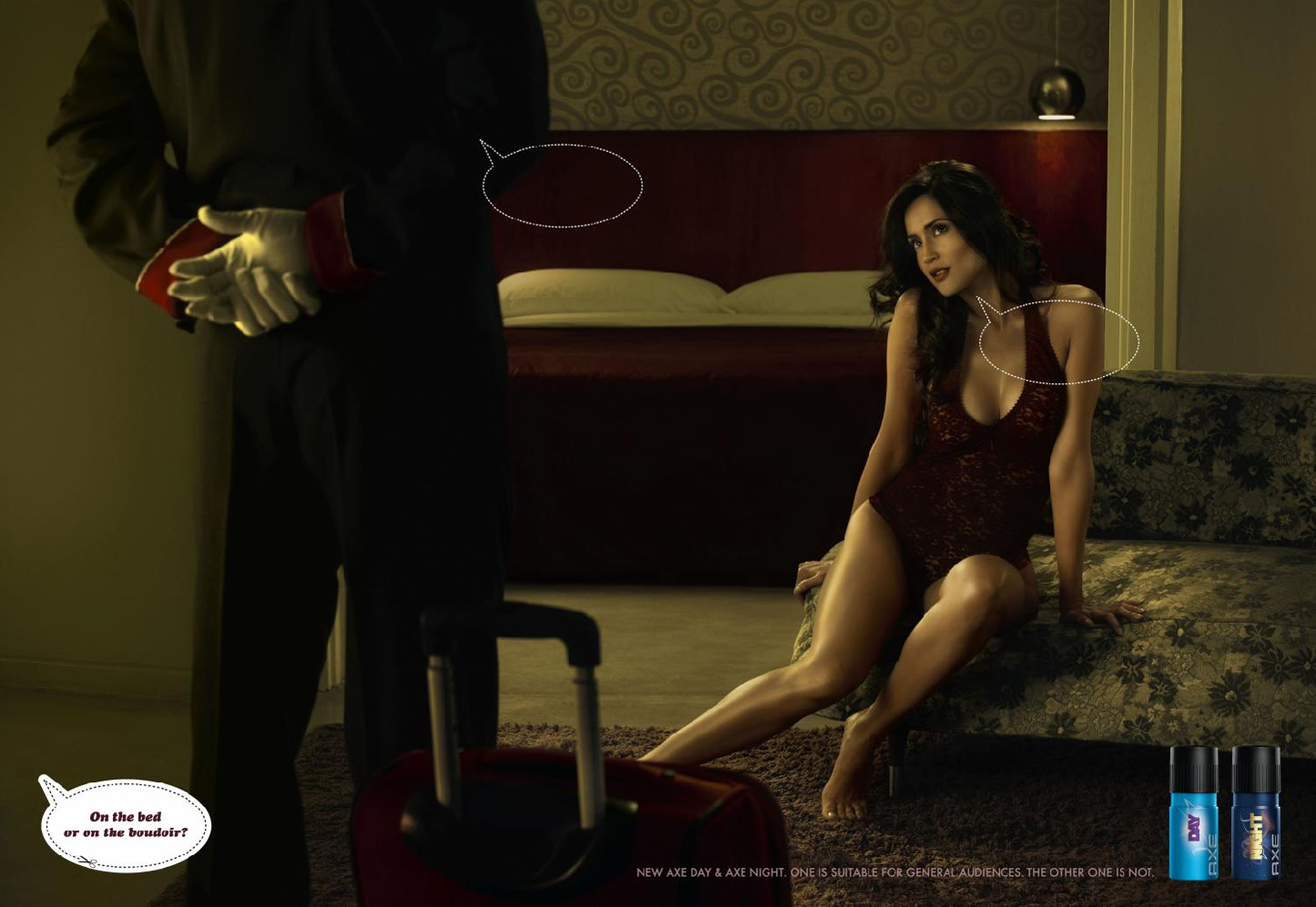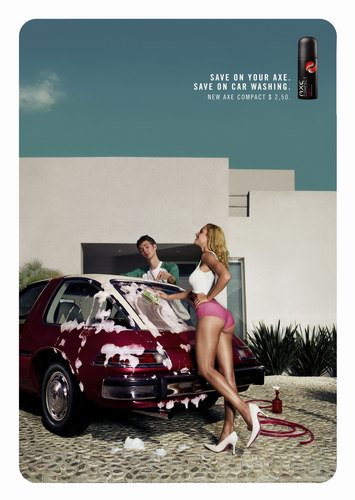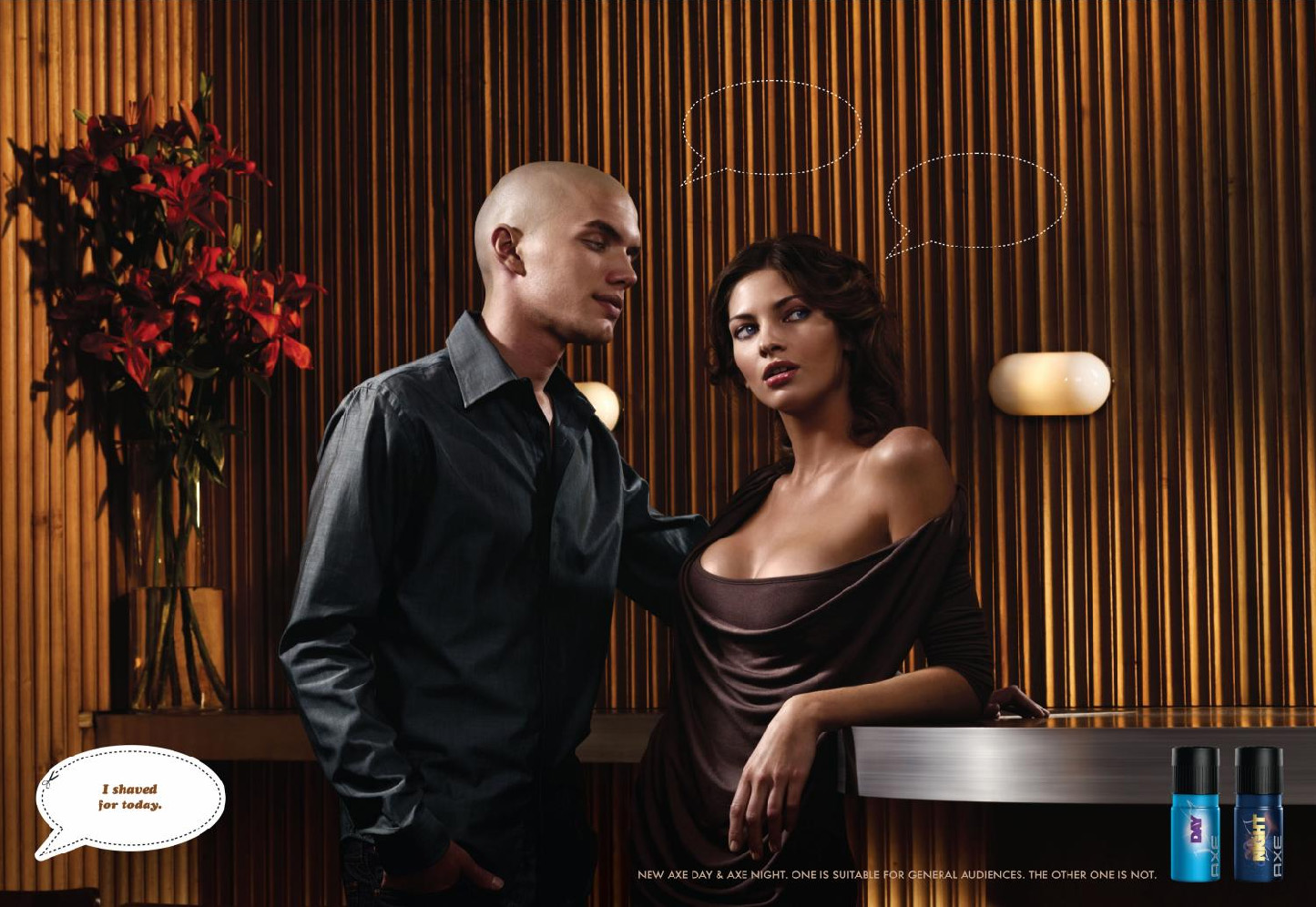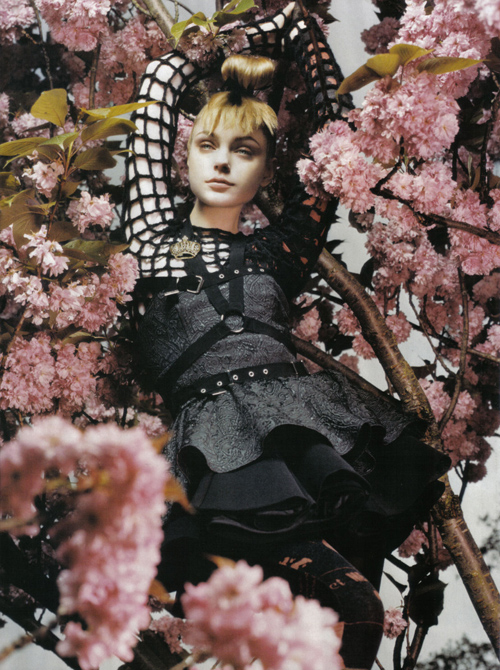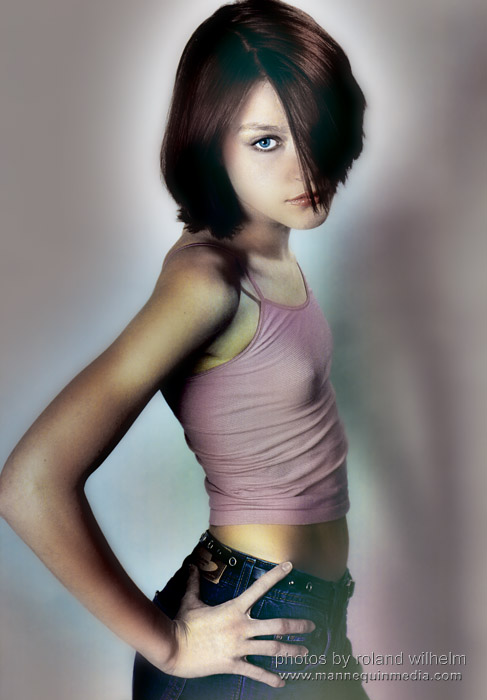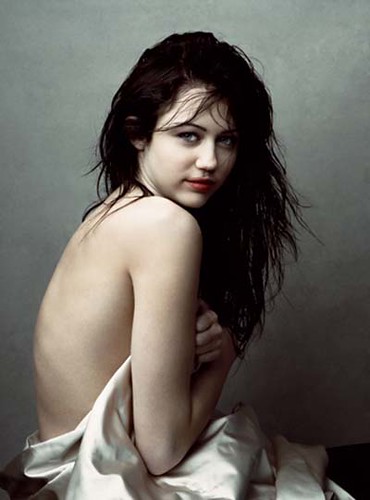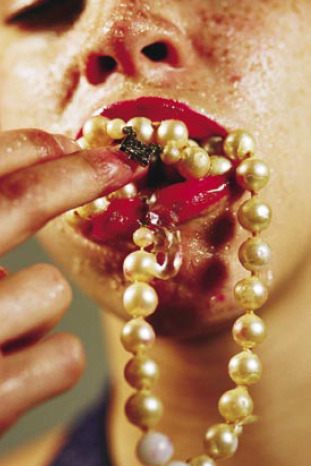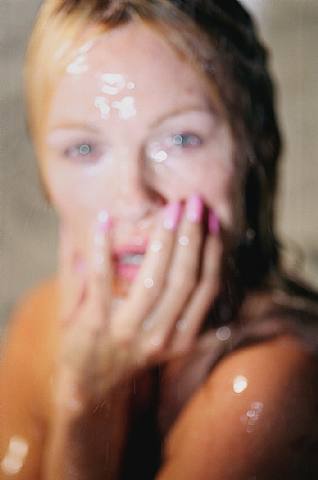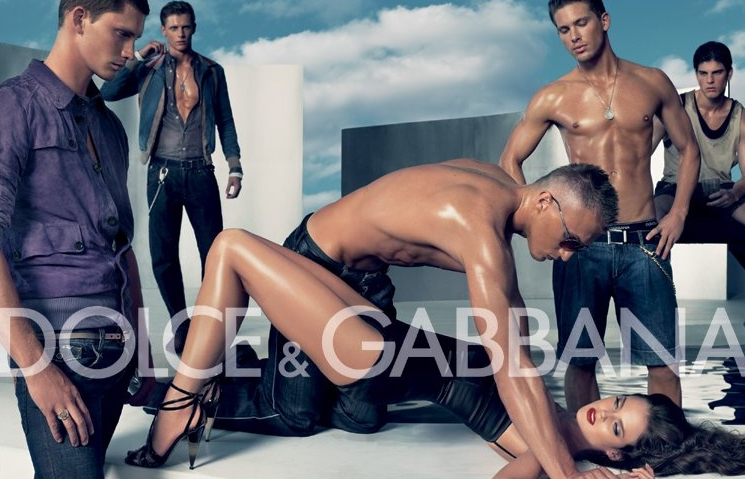Minorities are largely under-represented/misrepresented in video games--in the 2001 study by U.S. organization Children Now, it was found 86% of protagonists in video games were white males. On the same note, 57% of white males were shown as verbally and physically aggressive, while 79% of African-American males were shown in the same light. 9 out of 10 African American women were shown as victims of violence--two times as much as white females.
 |
| Grand Theft Auto - San Andreas |
The greatest ethnic disparity we see, though, comes not in the numbers of minorities shown to us on screen, but who is working behind the screen. Since 1990, the Minority Telecommunications Development Program has been conducting research and issuing reports on minority commercial broadcast ownership in the U.S. In 2000, minority broadcasters owned 3.8% of commercial radio and television stations.
Some statistics from RTNDA/Ball State University Annual Survey (2004):
-Minorites on television news staffs dropped to 21.2% of local news staffs
-Local radio minority workforce dropped to 7.9%
From NAACP 2000 survey of Hollywood and Beverly Hills screenwriters:
-7% of respondents were of minority groups
-83% of black writers surveyed wrote for primarily black TV shows
1998 study A Different World: Children’s Perceptions of Race and Class in Media:
"Children Now’s 1998 study A Different World: Children’s Perceptions of Race and Class in Media supports that conclusion. Their research found that children associate white characters with various attributes: having lots of money, being well educated, being a leader, doing well in school, and being intelligent. Conversely, they associate minority characters with breaking the law, having a hard time financially, being lazy, and acting goofy."--Media awareness network

